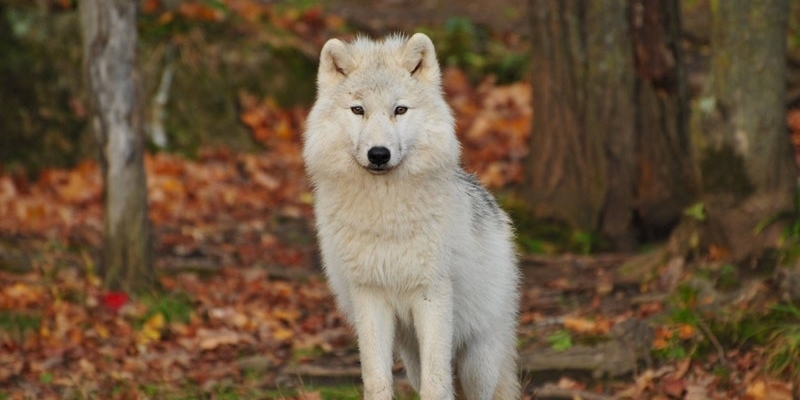Hailing from the same biological family, dogs and wolves exhibit many of the same dominant canine behaviors. Given that wolves are known to be vicious predators in the wild, you may be wondering what this connection means for both furry and human members of your family. Being the alpha dog is certainly one way to make friends, but top dog behavior might not match your endearing perception of your pup.
Luckily, according to recent research, dominant dog behavior shouldn’t be a source of concern for pet owners. Keep reading to learn the significance of dog pack behavior and how to spot it, as well as some advice on how to best handle it during training and beyond.
Dog pack behavior: evolutionary origins
Vying for the position of top dog in the pack hierarchy is an instinctual drive for both wolves and domesticated pets. In their earliest days of life, dogs may have to act aggressively in order to get their fill of milk while nursing. Even at this young age, dominant dogs will eat their fill as soon as possible, while submissive pups get in the habit of waiting for the coast to clear.
Throughout nursing and beyond, wolves may adhere to one of three main levels in the pack hierarchy. Submissive pups become omega dogs, stationed at the rear to alert other pack members of danger. Beta dogs are one rank higher, dispersed throughout the middle of the pack without a clear delineation between them. At the front, you’ll find the alpha male and female, claiming the best sleeping spots and making critical decisions on behalf of the group.
Signs of dominant behavior in dogs:
During house training, dog owners may perceive certain remnants of wolf pack behavior. The easiest way to spot a dominant pet is through body language: a pup that holds their head high with a rigid tail and alert ears likely has a dominant personality. Other signs of dominant dog behavior include:
- Resistance to voice commands
- Aggressive response to eye contact or verbal correction
- Food guarding or other aggressive behavior while eating
- Persistence about leading the way on walks or through entryways
- Sitting in high places and looking down on people or other pups
Submissive dogs, on the other hand, carry themselves in the complete opposite way. These beta or omega dogs may walk with a bowed head and relaxed tail. They may also look to you to lead the way on walks, rather than tugging at their leash and taking you along for the ride.
What to do about dominant dog behavior:
In a 1967 study on social behavior in canines, dogs demonstrated all but one of the same behaviors as wolves. The exception was the predatory habit of a dominant wolf pinning a subordinate one to the ground by the neck.4 The study concluded that while it’s safe to presume that dogs are descendants from wolves in the wild, their biological connection does not pose a threat to your human family or other pups.
Dogs that use aggression to “get what they want” are likely acting out of fear or nervousness rather than hostility. Escalating the situation with a stern reaction or punishment will only create a hostile dynamic between you and your pet.2 It may also inspire your pup to push the dominant behavior to the next level. You may think you’re communicating to your dog “who’s boss,” but it’s more likely that your pup receives it as a threat. Instead, pet trainers and behavioral specialists recommend a program of positive reinforcement that communicates rules and boundaries to your pet.
Aggressive behavior may not be what you envisioned when you chose to adopt a puppy or adult dog. But with patience and the right dog training resources, dominant behavior can be a part of your pet’s storied past.
SOURCES:
- “An Introduction to Dog Pack Behavior.” VetInfo, 2017.
- “Dominance and Dog Training.” The Association of Professional Dog Trainers, 2008.
- Horowitz, Debra. “Dog Behavior and Training – Dominance, Alpha, and Pack Leadership – What Does It Really Mean?” VCA Animal Hospitals, 2012.
- Scott, J. P. “The Evolution of Social Behavior in Dogs and Wolves.” American Zoologist, vol. 7, no. 2, 1967, pp. 373–381., doi:10.1093/icb/7.2.373.





